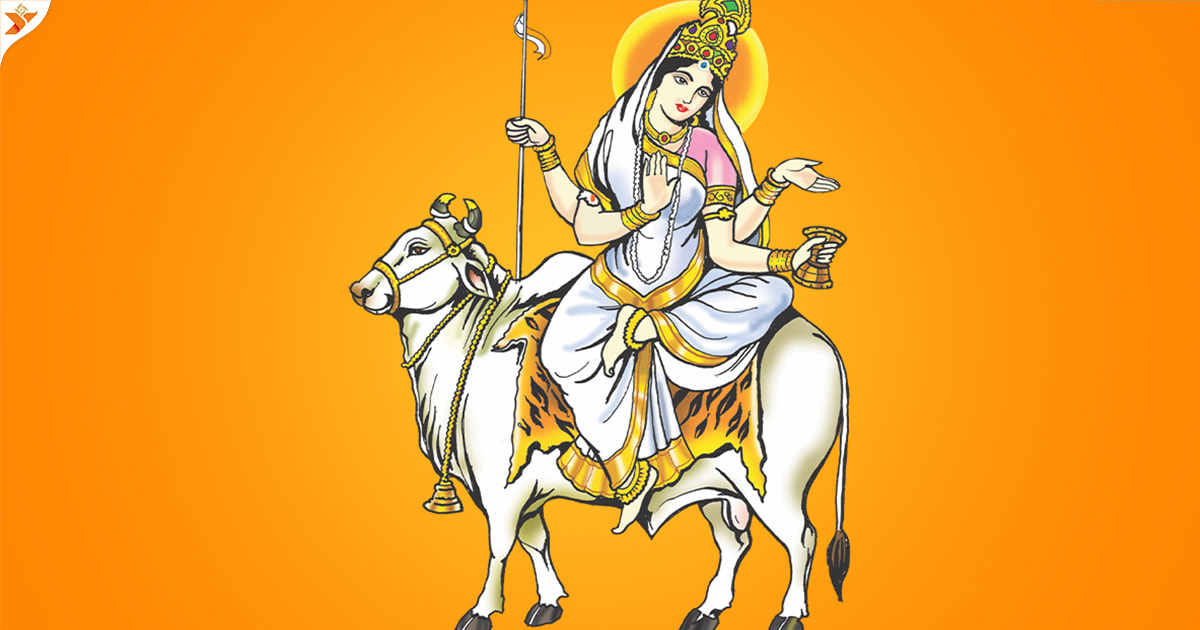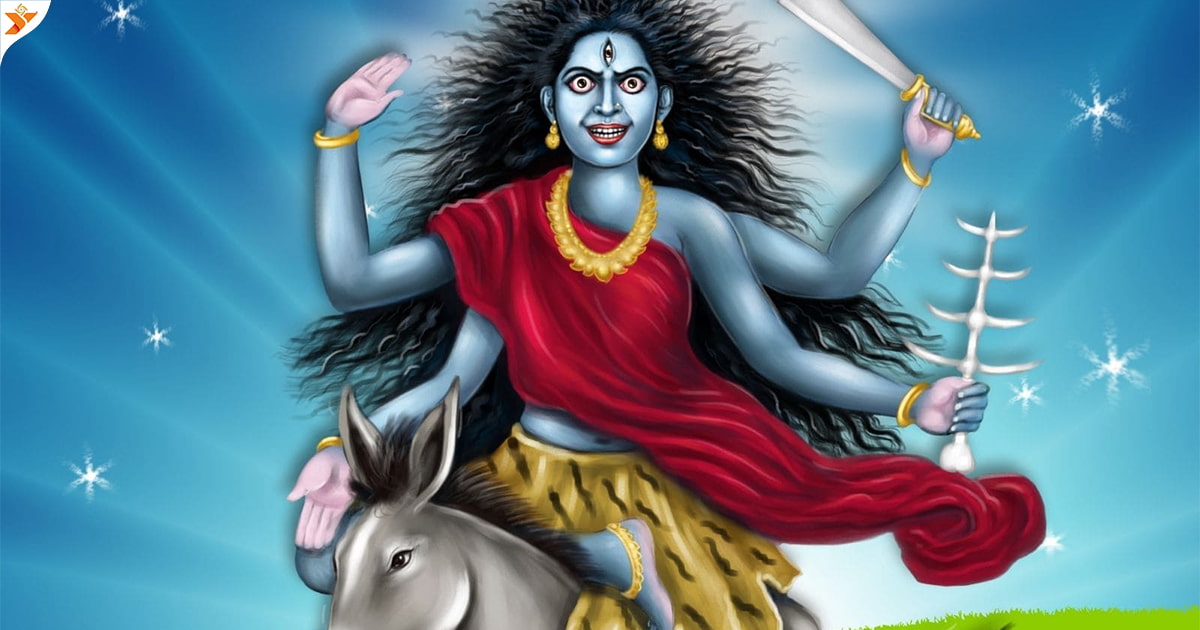🎉 Celebrating Dasara/Dashain: The 10-Day Triumph of Good over Evil 🎉

A vibrant journey through devotion, rituals, and cultural splendor
🌸 Preparations and Festive Decorations
Preparations begin days in advance with thorough cleaning of homes to welcome positive energies. The puja altar (chowki) is set up facing east or north, adorned with a sacred Kalash (pot) filled with holy water, mango leaves, and a coconut. Homes glow with colorful rangoli (floral or powder designs at entrances), twinkling lights, torans (mango leaf garlands), and vibrant flower arrangements. Barley seeds are sown in a clay pot, symbolizing prosperity as they sprout over the days.
Common decorations include:
- Rangoli patterns depicting lotuses, swastikas, and deities.
- Electric lights and diyas (clay lamps) for evening illumination.
- Red and yellow drapes, bells, and brass items on the altar.

Tip: Use eco-friendly materials like rice flour for rangoli to keep the celebrations sustainable!
👑 The Nine Forms of Devi: Navratri's Divine Journey
The first nine days, Navratri, honor the Navdurga—nine manifestations of Goddess Durga. Each day focuses on a unique form, with specific colors, offerings, and mantras. Below is a gallery of these divine forms, each radiating power and grace.









Daily rituals include morning and evening pujas with flowers, fruits, and bhog (offerings). Chant the respective Dhyan Mantras 108 times for blessings.
🏹 Day 10: Vijayadashami - Victory and New Beginnings
The grand finale! Families perform Aparajita Puja, worship the Shami tree, and conduct Vahana Puja for vehicles and tools. Communities burn Ravana effigies amid fireworks and Ramleela plays. It's an auspicious day for starting new ventures.

Mantra for the day: "Om Tryambakam Yajamahe..." (Mahamrityunjaya for protection).
🇳🇵 How Nepalese Celebrate: The Sacred Tika Ceremony
In Nepal, Dasara is exuberantly observed as Dashain—the country's biggest festival. The climax is the Tika ceremony on Vijaya Dashami (Day 10), where elders apply a sacred mark of red tika (vermilion mixed with yogurt and rice) on the foreheads of juniors, accompanied by yellow jamara (barley sprouts) tucked behind the ear. This ritual, performed in hierarchical order (from seniors to juniors), bestows blessings of health, prosperity, and victory. Families reunite, feast on goat meat curry and sel roti (rice doughnuts), and exchange greetings. The ceremony symbolizes the flow of divine grace and strengthens familial bonds.

Illustrative moments:
- Elders prepare the tika plate with rice, curd, and cloves.
- Blessings are whispered: "Tika lagaune, aashirwad dine" (Applying tika and giving blessings).
- Children receive gifts and money, adding to the festive cheer.
Dashain spans 15 days in Nepal, with tika rituals continuing for five days post-Dashami. It's a time of swings (ping), family gatherings, and cultural pride!
- Political Leaders
- Art & Crafts
- Dance & Music
- Sanatan Dharma
- Education & Training
- Food & Drinks
- Gaming
- Health & Fitness
- Home & Gardening
- Literature & Culture
- Love
- Medicine & Ayurveda
- Motors & Vehicles
- Movies & Cinema
- Parenting
- Politics
- Science & Technology
- Shopping
- Social Media
- Spirituality
- Sports
- War & History
- Yoga & Meditation
- Travel & Tourism
- Natural Disaster
- Business & Startups
- DIY & Home Decor
- Finance
- Personal
- News
- Pet Lovers
- Wild Life & Nature
- Podcast & Audio Books
- Poetry
- Law & Order
- Moral Stories
- Jokes & Humour
- Other


